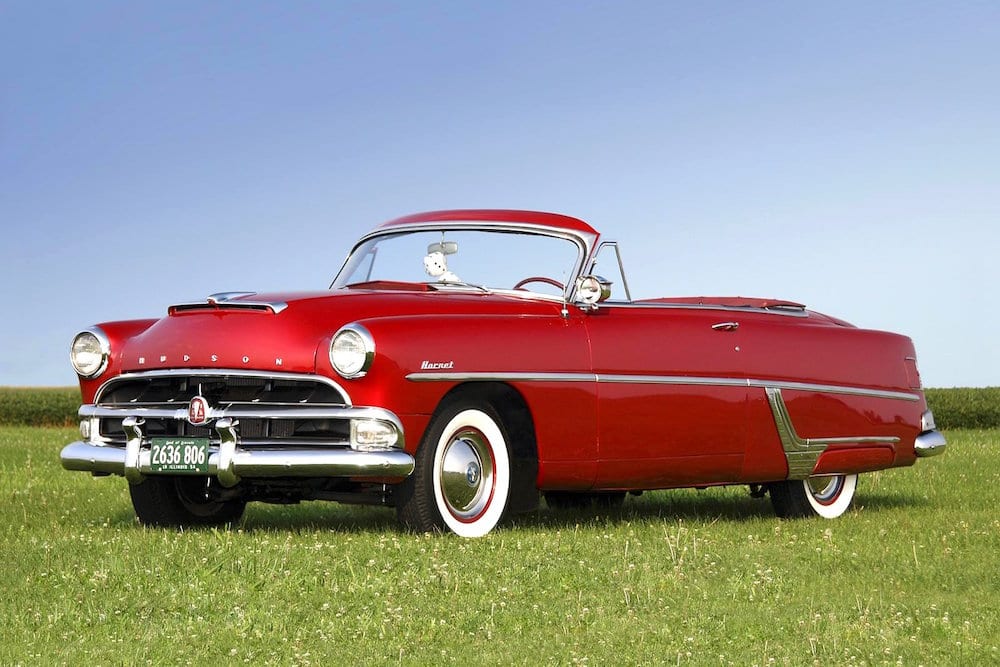Ever seen a gorgeous old cruiser sitting in a used car lot before, all banged up and in need of serious repair? Maybe you’ve even considered it for a moment, and even inquired about the price. But without the right tools and proper knowledge, restoring that dilapidated classic back to its former glory could be a seriously difficult task – but certainly not impossible. With the right instructions and some basic planning, you can walk into one of your local used car dealers in Albany, find that rusted-out classic coupe for a bargain, and get to work on bringing it back to life in no time.
Whether you’ve got your eye on a particular build or simply have dreams of being one of those guys zipping down the highway in a beautiful retro car, the road to becoming an auto-restoration expert is only a few simple steps away. Like all good things, it takes just a little bit of planning and a good deal of forward thinking and you’ll be rolling before you know it.
Ready to start that repair job? Here’s a quick rundown on what every driveway tinkerer should expect when taking on a new car project – and why a lot of people never see their projects all the way through.
Find A Car In Need Of Some Attention
The first step to restoring a classic car is, of course finding the car itself – an undeniably important step that will set the course for everything to come later. It’s important to not only choose a car that you want to someday drive around in, but to also consider what may be possible to restore. Some models may simply be beyond repair, and others may require so much that the cost to restore would never be worth the experience of having or even selling it later on. This is all more of a personal choice but it’s easily the most important one, so spend your time choosing wisely and looking for the best deal around.
If you’ve got your heart set on a particular model, try to get in contact with collectors and scrap yards near you; many classic models have been “lost” over the years in everything from barns to storage units, and scrapyards tend to collect what others don’t feel like fixing. But while these are good places to start for serious builders, you’re more likely to find a used car with a better chance of being fixable at your local used car lot. These vehicles will still be driveable and may only require minor repairs or just aesthetic touch ups.
Determine What Needs To Be Done
Once you’ve got your fixer vehicle in front of you, it’s time to figure out exactly what needs to be done to fix it up. Look broadly first: does the engine work? What condition is the interior in? Is the paint okay? How about the electrical system? These are all critical components of the repair job, and figuring out where the problem lies is the best way to take a step on the road to restoration.
Once you’ve gotten a general idea of what’s wrong, start looking more specifically at the problem and what you’ll need to do to fix it. Many light upgrades can be done at home, but for more complicated systems like the engine or electrical system it might be a better idea to get in contact with a mechanic. Relying on a trusted professional is no shame when restoring a vehicle, and only ensures you’ll be walking away with a restoration job done right the first time, rather than being tied up in repairs every other month. Specificity can also help you figure out exactly what parts and tools you’ll need for the job, saving you the trouble of investing in repairs you don’t need.
Finding Parts: Original, or Other?
Many classic car restorers work with only original parts, meaning they specifically find replacement parts from other models of the same year, make, and model to fix systems on their vehicle. This can be especially tricky and take a lot of travel, research and haggling – but it will definitely be worth it if you ever resell your restored vehicle. All original parts in a rebuild can be a huge boon to your selling price down the road, as it not only speaks to the authenticity of the vehicle but also the quality of the restoration job. Cars work better with their original parts, and your classic chassis is no exception.
But in many cases, this simply isn’t necessary. If you’re working on a restoration that’s just for you and you want to get on the road as soon as possible, by all means go with the cheaper, better built, and easier to find replacements that work with your vehicle. Whether this includes modern parts or simply classic parts that aren’t exact stock matches, there’s always a way to find the part you need without the hassle of looking for an original in a scrapyard or flea market somewhere across the country.
Figure Out Your Financials
With all this buying, consulting, and work time, it’s easy to forget how much money has gone into your repair job until you’re well in the hole. That’s why it’s always a good idea to plan out your finances well before making any serious moves. If covering the cost of your rebuild seems like it might be a hardship, or if you’re not ready to encounter sudden surprises along the way, then it might be in your best interest to reconsider your restoration plan. Keeping within budget can be hard, but getting out of a financial mess with a half-built car on your hands is definitely a lot harder.
The best way to portion out your finances is to set some aside for the vehicle itself, some aside as a parts fund, and the rest for repairs and upgrades. This way you won’t let one aspect of the job absorb funds that should go to the whole project, meaning you’ll be better prepared for the unexpected along the way.
Set A Plan and Get To Work
Once you’ve got your financial plan in place, it’s time to get your building plan in place. This can be as long and as detailed as you’d like, but it’s always a smart move to keep your rebuild on a plan with each step set up as its own individual task to be accomplished. This not only reduces the chance of missing something along the way, but it also reduces your stress level when confronted with a large and diverse repair job.
But, we know the challenges of fitting in repair time around a busy schedule. Between work and family obligations, it can be easy to get distracted from your rebuild job – and frustration with certain parts or jobs can only fuel that desire to let your restoration sit untouched for a while. That’s why you should set aside time regularly to work on your rebuild, meaning less time looking at a half-built engine and more time enjoying the vehicle you’ve poured so much planning and money into.
Enjoy The Ride
With a freshly rebuilt, repainted, and restored vehicle, you can be out the door and on your way in no time. You may not even recognize this vehicle from the used classic you picked up at the dealership, but with the pride of a restoration well done you can ride with total confidence and style in your newly remastered classic. So go ahead and take on that used cruiser with a couple bruises sitting at the used car lot and see how great you can make it.










